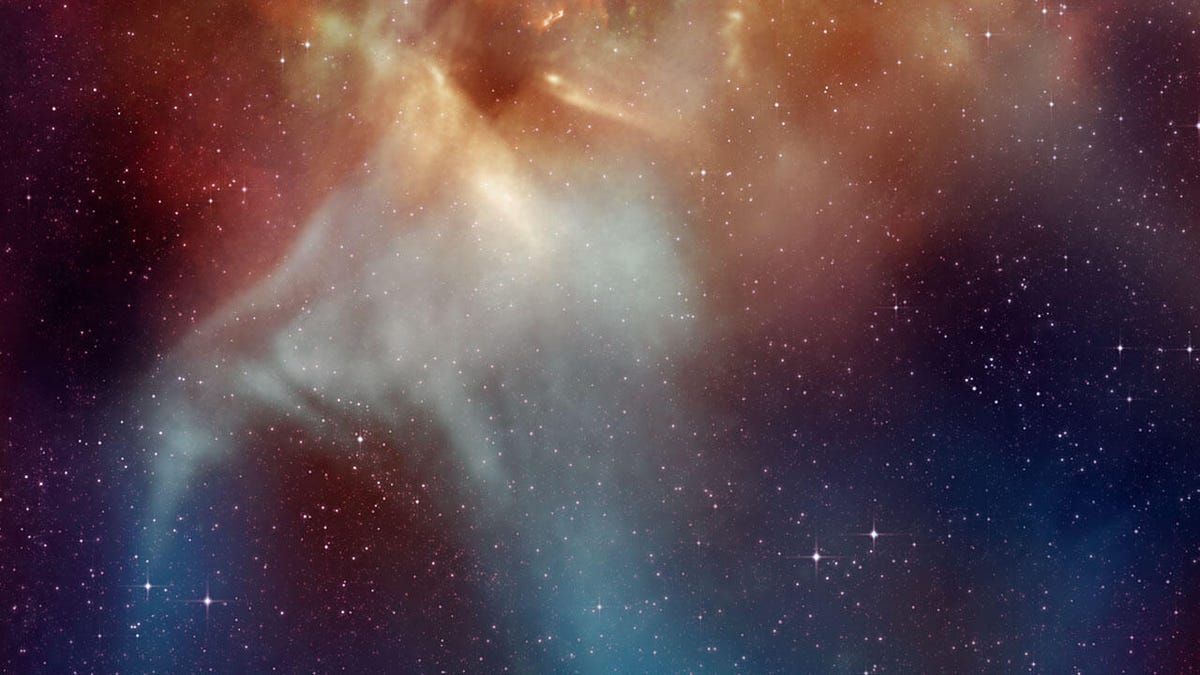Massive star Betelgeuse continues to act weird on an unprecedented scale
Just a few months ago it was 2.5 times brighter, which means it could be thrashing around preparing to explode.
Betelgeuse is a gigantic red supergiant star that was the 10th brightest star in the sky as recently as 2019. But over the past few months it has dimmed so dramatically it's now ranked 24th, and it has astronomers wondering if it might be ready to burst in a spectacular supernova explosion.
Edward Guinan and other astronomers from Villanova University shared a brief update on Betelgeuse over the weekend, reporting it's now about one full magnitude fainter than it was in September. Magnitude is the scale of brightness astronomers assign to objects in the night sky. Put another way, this change in scale means that Betelgeuse was about 2.5 times brighter in September than it is right now.
"The most recent photometric observations indicate that Betelgeuse is currently the least luminous and coolest yet measured from our 25 years of photometry," the astronomers write.
Betelgeuse is nearing the end of its life. It's expected to go supernova sometime in the next 100,000 years by first shrinking and collapsing in on itself before rebounding in a remarkable explosion that could be brighter than the moon and even visible during daylight. It's possible we're seeing the start of those death throes now. Or it could be something else.
"Whether Betelgeuse is shrinking, dimmed by a giant sunspot, shrouded in an outburst of stardust, or about to explode, is anyone's guess," astronomer Tony Phillips writes on his site, Spaceweather.com.
The latest observations of Betelgeuse indicate that the dimming seems to be slowing, but astronomers are sure to keep a close eye on it in the coming weeks. For the rest of us, because this is 2020 we can keep an eye on the superstar's status by following the numerous (and often humorous) Betelgeuse Twitter accounts that have popped up.
I install one dimmer switch in my dining room and the entire galaxy loses its shit.
— Betelgeuse (@IsBetelgeuseOK) January 18, 2020
xxx


